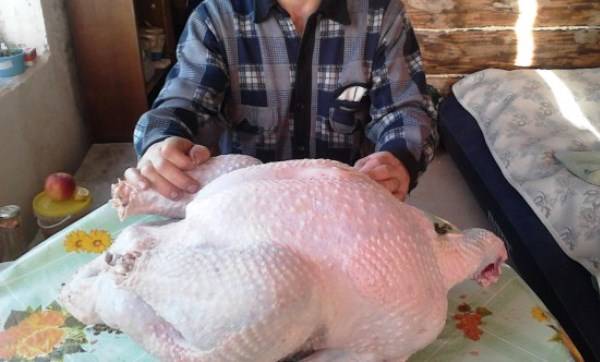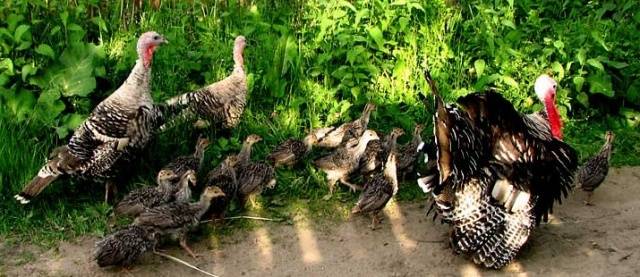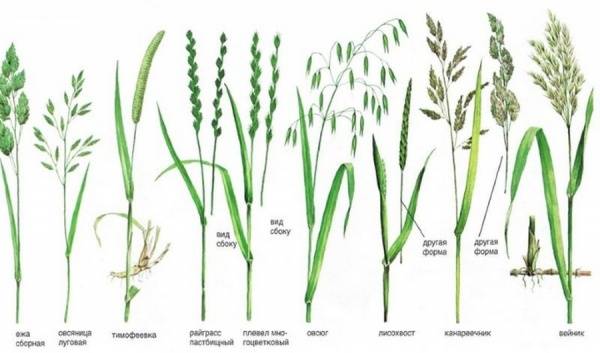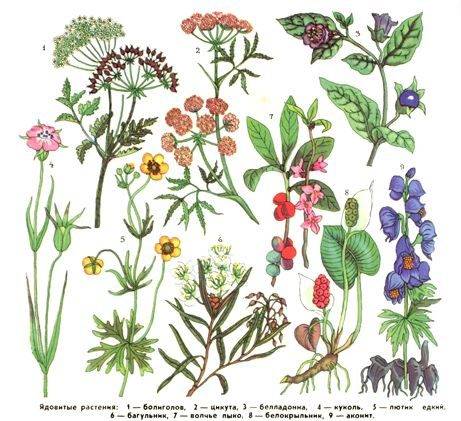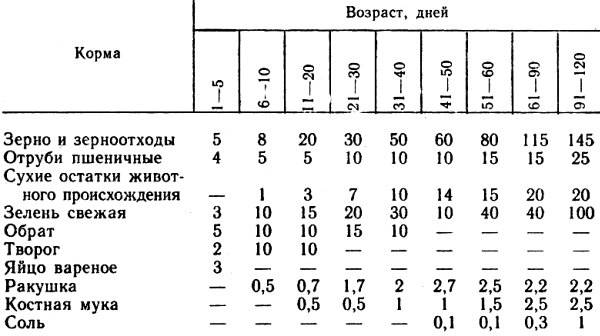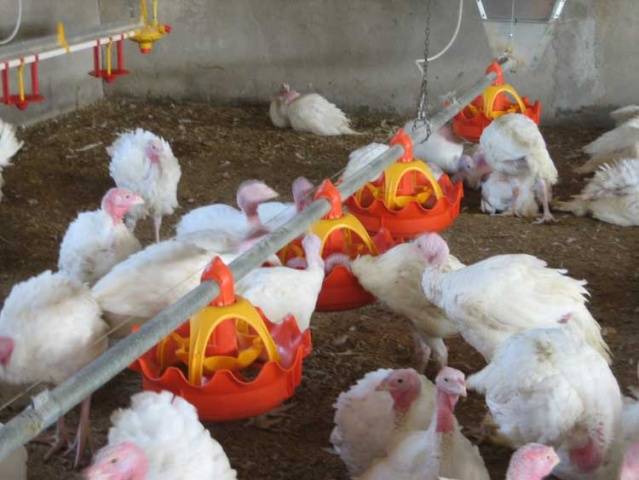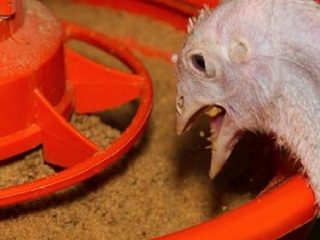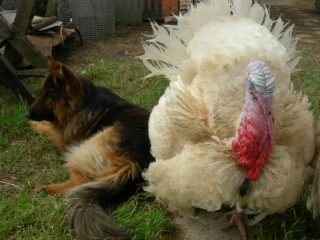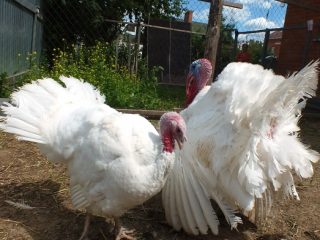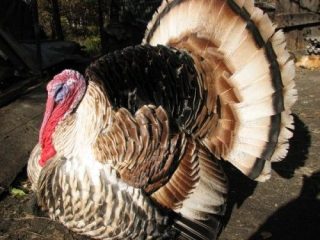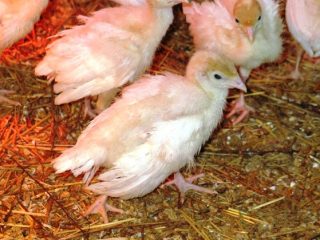Content
The main task that turkey owners set for themselves is to fatten them for meat. It is light, healthy, and stands on a par with dietary products. Turkey meat does not cause an allergic reaction. Turkey meat is beneficial for people regardless of age.
Poultry farmers who have just started breeding this poultry often wonder what to feed turkeys, what can be given, what food is undesirable, and what the composition of the food should be. There are no less questions about feeding standards for adult birds and babies. We will try to tell you in as much detail as possible about the rules for feeding turkeys at home.
What are the most popular turkey meat breeds?
How much does an adult bird weigh? No one will give a definite answer to this question. To obtain a large amount of products, you need to choose the right food for turkeys, but also decide on the breed. Most often they choose the following popular birds:
- North Caucasian bronze, since they are able to live in any climate. To the question of how many kilograms an adult turkey, raised at home, weighs, you can answer this: a male - up to 14 kg, a turkey - within 8 kg.
- White broad-chested. Productivity is high due to rapid weight gain. These turkeys come in light, medium, and heavy varieties.An adult male, with proper fattening, can gain up to 25 kg, a female up to 10. These poultry are able to adapt to any climatic conditions. It is better to plan the slaughter of adult individuals upon reaching six months of age: since growth slows down, therefore, the food will go to waste.
- Bronze Broad-chested. In addition to meat: from a turkey - 17-22 kg, females from 10 to 14 kg, you can get about 120 eggs per year. Although pasture farming is not for them. Enclosures need to be prepared for this breed.
- Moscow bronze and white. These powerful turkeys have a high reproductive rate. With proper organization of the diet of this breed of turkeys, a male can be fattened up to 13 kilograms, and a female up to 7. The birds are unpretentious, they eat both dry food and bourgeois meat. The survival rate of turkey poults is high.
Features of feeding
Now let's move on to the question of how to properly and what to feed turkeys at home. Bird food is most often prepared by the owners themselves. The diet needs to be varied. Feeding turkeys at home has its own characteristics and rules:
- A variety of foods should be given at least three times, sometimes four. In the evening they give dry food: wheat, oats, barley. During the day, mash will do.
- Feeders are suitable for wet and dry food. Dry food should be added as needed. As for mash, they are prepared shortly before feeding. If the turkeys do not eat the wet food completely, it should not be left. Sour mash can cause poisoning.
- Females, in order to stimulate egg production and the possibility of obtaining fertilized eggs, need to eat in a special way. In addition to the usual food, the feeding diet is diversified: grain is sprouted, protein and mineral supplements, and B vitamins are added to the mash.A good result is obtained by adding yeast, fresh grated carrots, beets, and pumpkin to the food. As you can see, you can always prepare the right, nutritious food with your own hands.
- In summer, if the breed allows it, it is preferable to keep turkeys free-range. They will find the food they need on their own; there is already enough of it. Maintenance and feeding are simplified; you do not need to constantly think about what complementary food to give your poultry during the day.
- Poultry farmers often wonder how much and what food do birds need in winter? Essentially the same feed, but you will have to work extra hard to prepare hay, leaves of various plants, and dry nettles. All this is added to the mash to increase the nutritional value of the feed and fortify it. In winter, you definitely need to add finely chopped pine or spruce needles.
As you can see, feeding turkeys at home, if you follow the rules, is quite acceptable.
Which herb is beneficial?
Let's continue to talk about how to properly feed this proud bird. Beginning turkey flock owners are wondering whether grass is needed in the bird’s diet. Grass and greens must be given to turkeys. It is offered to three-day-old turkey poults. The greens are finely chopped and added to the mash. Kids especially like green onions - the best treat.
What other garden greens can you feed:
- Arrows of onion, garlic.
- Cabbage leaves, dill.
- Lettuce leaves, parsley.
When the turkey poults are one month old, hang grass in bunches. Two-month-old pets can graze on their own. Almost all the useful grass that can be given to these birds grows in the garden.
The picture shows useful plants.
Turkeys happily eat wild grass and are great connoisseurs of dandelion, clover, quinoa, and woodlice. Wormwood is needed to stimulate the digestive process.
If there are bodies of water nearby, then duckweed can be added to the mash; pondweed is a storehouse of microelements.
Optimal feed for turkeys
Feeding turkeys at home should be taken seriously. Food for turkeys should consist of grains and legumes, buckwheat, oats, barley, and corn grains. Cereals supply the bird's body with up to 70% of proteins, fats, and proteins. You can replenish amino acids by introducing meal and cake into your diet.
Phosphorus, calcium, animal protein in the turkey’s diet are needed like air during fattening. Therefore, the feed contains:
- meat and bone meal;
- fish and blood meal.
Dry and succulent (wet) food containing fiber is necessary for adults. They are found in large quantities in hay and straw.
Turkeys' diet needs to be balanced. The diet must include foods containing a lot of fat. To obtain juicy and tender turkey meat, you need to add to the mash:
- vegetable oil;
- acorns;
- salo;
- walnuts.
Video about how to keep and what to feed turkeys: https://www.youtube.com/watch?v=rE0Etj6cguI
Daily diet
Turkeys need to be fed correctly, first of all this concerns the daily diet. For example, every day 1 bird should receive 280 grams of various feed.The table shows balanced feeding rates for turkeys starting from 1 day of age. It shows how much feed poultry should receive for full development.
When to fatten
Poultry farmers must know not only how to properly feed turkeys, but also the features of fattening before slaughter. You can cook poultry for meat from 4-5 months, when the weight is at least 8-10 kg. They must receive a full diet and be kept in proper conditions.
Having designated a bird for slaughter, you need to start feeding a lot of food at least a month in advance. Most often, mass slaughter is carried out in August-October. Domestic turkeys spend more time grazing freely, saturating the body with vitamins and microelements. When fattening for meat, preference is given to mixed feed and flour mash.
How much should turkeys eat during this period per head: usually 800 g of feed, including mash.
It is not necessary to use ready-made feed; you can prepare a nutritious feed mixture yourself from:
- grains, chopped greens;
- beets, carrots, cabbage leaves;
- cottage cheese, milk;
- flour mixtures:
- fresh waste from fish, meat, eggshells.
When fattening, some breeders force specially prepared dumplings and dumplings into the bird’s beak. Birds can eat 250 grams of them. This technique is not so simple, it requires experience. For beginners who are just beginning to learn the basics of growing and fattening, it is better not to use this option.
In addition to food, they must always have clean water.
Before slaughtering a turkey, it is left for 12 hours in a dark room, they are not given food, but are given plenty of water.
Instead of a conclusion
Beginner poultry farmers make many mistakes when raising turkeys. Our tips will help you avoid them:
- Turkeys at any age should be kept separately from other poultry.
- Before acquiring animals, you should prepare a place for them to live and stock up on equipment.
- Find out how much feed you need to purchase.
- Turkey poults and adults are fed differently.
But most importantly, you need to calculate your own strength. Confident in yourself - go ahead and sing!
